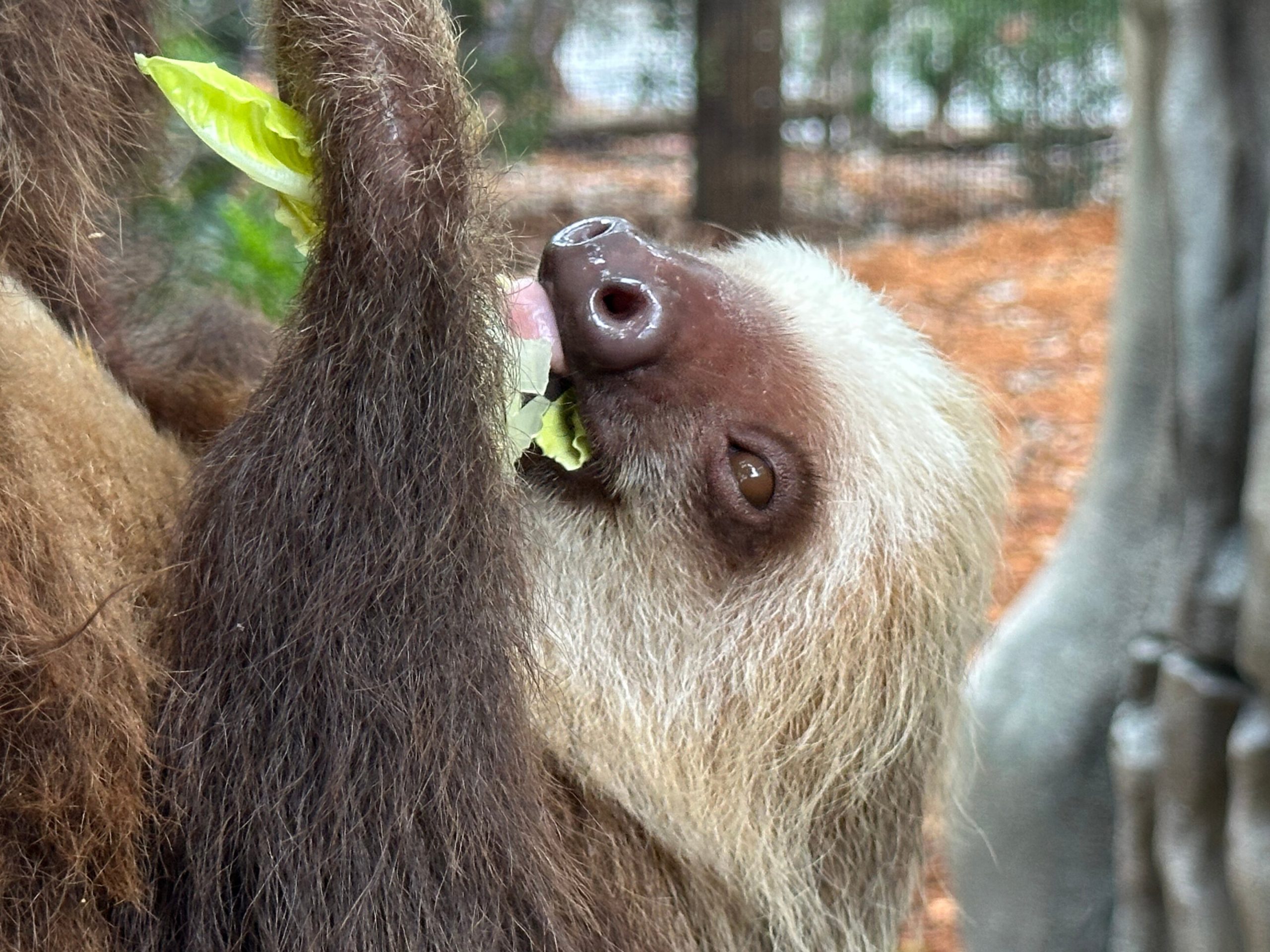GOLDEN LION TAMARINS AND SLOTHS BECOME ROOMMATES AT PALM BEACH ZOO

New habitat, new behaviors
In West Palm Beach, curators opened a shared habitat for golden lion tamarins and Hoffman’s two-toed sloths, pairing fast-moving primates with famously slow neighbors. The exhibit mimics South American forests with canopy pathways, ropes and tunneling vines that encourage natural behaviors. Keepers say the tamarins explore upper levels while sloths rest and feed below, offering visitors a layered look at rainforest life. Zoo educators are using the enclosure to highlight habitat loss in Brazil’s Atlantic Forest and the species-survival plans behind captive breeding.
Why mixed-species exhibits matter
Animal-care teams increasingly use compatible species mixes to reduce stress, add enrichment and model real ecosystems. The approach can boost public engagement and support conservation fundraising, but requires close monitoring of diet, territory and disease risks. At Palm Beach, the sloth’s nocturnal rhythm and the tamarins’ diurnal energy appear to complement each other, allowing keepers to alternate feeding and veterinary checks. For families, the draw is simple: more chances to observe social play and foraging—behaviors that often inspire questions about protecting wildlife beyond the zoo walls.
















